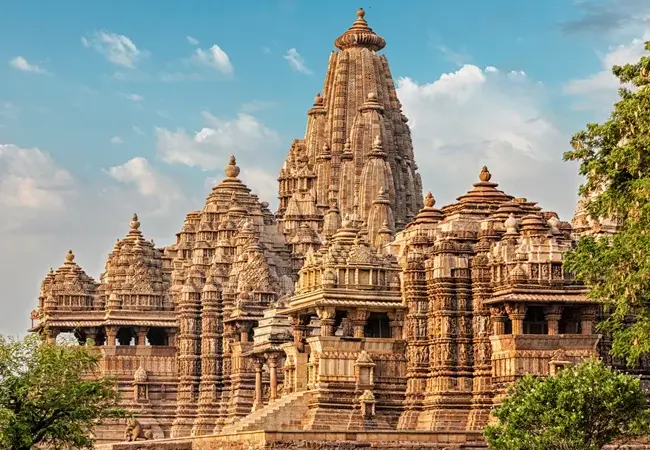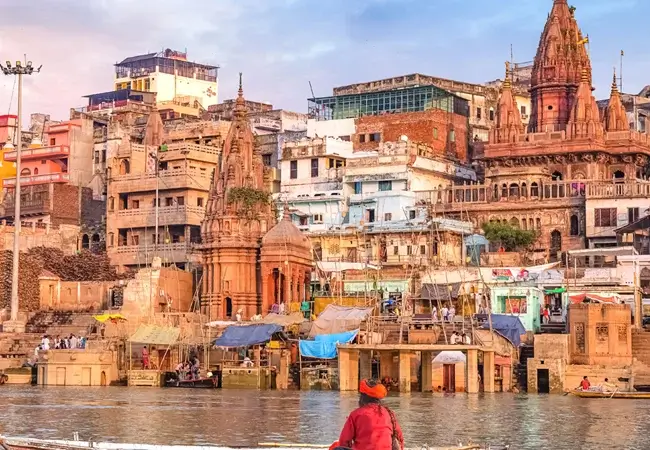Are you tired of your monotonous life and feel restless and impatient due to the hustle of city life? Do you want to explore something new and discover a new and adventurous side of yourself? Do you simply want to get lost in the woods? Then what are you waiting for? Take a break from your monotonous life and visit Bandipur National Park to have a thrilling and spine-chilling experience.
Spread across an area of approximately 868.63 km2, Bandipur National Park is one of the most popular national parks in the country located in the Chamarajnagar district of Karnataka. Earlier it was declared as only a national park. However, in the year 1973, the Government of India also declared it the tiger reserve. Besides, it also holds the title of being part of the Nilgiri Biosphere Reserve in the year 1986.

This sanctuary is known to be created by the Maharaja of the Kingdom of Mysore with an area of 90 km2 in the year 1931. At that time, the Maharaja named it the Venugopala Wildlife Park. Thus, in the year 1973, under the Project Tiger scheme of the Government of India, it received the name Bandipur Tiger Reserve by adding nearly 800 km2 to the Venugopala Wildlife Park.
Bandipur is known to have a wide range of timber trees that include teak, rosewood, Indian-laurel, Indian kino tree, giant clumping bamboo, clumping bamboo, and Grewia tiliaefolia. Some other notable flowering and fruiting trees and shrubs also include the Kadam tree, Indian gooseberry, crape-myrtle, axlewood, black myrobalan, the flame of the forest, satinwood, black cutch, indigo berry, and golden shower tree.
Besides a wide range of flora, Bandipur National Park is also home to numerous species of fauna such as the Indian elephant, gaur, Bengal tiger, sloth bear, mugger crocodile, Indian rock python, four-horned antelope, golden jackal, dhole, and many more. The number of mammals found here is quite high. Some of the commonly found mammalian species that are often spotted by tourists include chital, gray langur, Indian giant squirrel as well as Indian elephant. The most commonly available birds in the premises of Bandipur National Park are grey junglefowl, crows as well as drongos. Moreover, there are more than 200 species of birds present that include honey buzzards, red-headed vultures, Indian vultures, flowerpeckers, hoopoes, Indian rollers, brown fish owls, crested serpent eagles, and a wide range of kingfishers.
The presence of a variety of reptilian species has also made this region quite rich from a biodiversity point of view. Some of the most commonly found species comprise spectacled cobra, Indian rock python, vipers, rat snakes, muggers, monitor lizards, Indian chameleon, Indian pond terrapin, agamid, and flying lizards.
Different species of butterflies are also found in this protected region such as the common rose, crimson rose, common jay, lime butterfly, Malabar raven, southern birdwing, common wanderer, mottled emigrant, one spot grass yellow, Nilgiri clouded yellow, caper white, dark palm dart, blue pansy and many more.
Bandipur National Park is known to share its boundary with 3 other National Parks namely Nagarahole National Park, Wayanad National Park, and Mudumalai National Park. The traffic has been banned by the forest officials from 9 pm to 6 am (dusk to dawn) in order to lower the death rate of wildlife.

Visitors who want to take a ride of the whole national park to explore its rich abundance of flora and fauna can opt for a safari ride. The visitors are, however, advised to contact the forest officials for safari booking. There are fixed timings for the safari ride and occur it two shifts: morning and evening. The morning safari time starts at 6 am and ends at 8 am. For the evening, the duration is from 3 pm to 5 pm.
It is to be noted that the safari timings are changeable and may get canceled at the end moment due to bad weather conditions, heavy rains, non-availability of vehicles, manpower, etc. Since safari ride is entirely based on a “first come first serve” concept, the visitors are requested to reach the earliest and book the ride as soon as possible.
Moreover, jungle lodges as well as resorts have now attained the license to operate jeep safaris for visitors. There are also mini-bus safaris that are operated by forest officials. These services are known to begin right from the range office. The timings allotted for the bus safari are between 6:15 am to 9 am and 2:15 pm to 5 pm. The fee for each person is 350 INR and the jeep safari may cost up to 3000 INR pax, conducted between 6:15 am to 8 am, 8 am to 9:45 am, 2:30 pm to 4:30 pm, and 4:30 pm to 6:30 pm. Earlier there was a ban on trekking but is now permitted. However, there used to be elephant safaris in this park that have now been discontinued.

The east zone is considered to be the best site for birdwatching and spotting carnivorous animals. Moreover, the presence of dry deciduous and moist deciduous trees in this region makes it much more attractive.

The central region has the Nugu River flowing through its heart where the visitors can spot animals resting in the river to quench their thirst and take rest. The highest summit located in this zone is called the Himavad Gopalaswamy Betta. The major attractions of this region include the Hindu temple as well as Sandalwood trees. Besides, elephants are commonly spotted in this region.

On the way towards this zone, the primary water source of Bandipur National Park is found i.e. the Kabini River where tourists can enjoy boat rides and explore various species of fauna. The beauty of this region increases much more during monsoon.

The Moyar River runs through the heart of this zone, accompanied by other 2 streams. Hence, this region is also popular for adventurous activities such as boating in the backwaters. When the rivers dry up during the summer season, visitors enjoy bird watching and fishing in this region.
The B R Hills Wildlife Sanctuary is located between the Western and the Eastern Ghats and is spread across an area of 540 sq km, covered with mixed deciduous forests. This wildlife sanctuary is considered to be home to a varied species of wildlife and one can easily spot here wild animals roaming freely here and there in their natural habitat.

The best time considered to visit this national park is from October to March. Since during this period, the rush is more, the visitors are advised to book their tour package for Bandipur National Park in advance. However, there is no night safari allowed in this park as it tends to disturb the wild animals.














